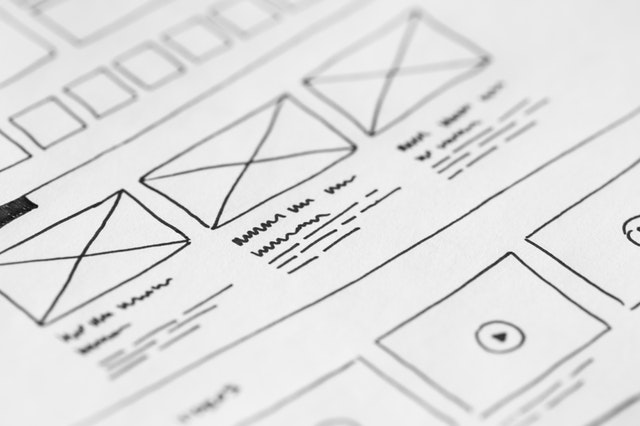Architectural Design and Branding

Both designers and architects create visual images that are compelling and impressive. However, the concept of visualising ideas is only possible with experts. Designs might not make great brands, but architects can use them to actualise their visions. Without designs, architects can’t execute their plan. When bidding for projects, visual content helps clients to understand your pitch and blueprints. This article shows ways of incorporating great designs and ideas to target clients with your story.
Designs Accentuate Ideas
During a project, clients can track milestones and progress with design templates. It could be a building construction or infrastructural design. Usually, the project’s conceptualisation stage needs clear ideas with graphic representation. Apart from awareness, your architectural design needs to generate interest from potential clients. A digital portfolio can promote this phase after brand designers display their ideas with visual elements.
Designs Help Architects to Overcome the Challenge of Pitching to Clients
Architects use multimedia tools to prepare advertising content for residential and commercial projects. For example, marketing a modern model home is faster with branded elements. Consumers and retail outlets often have opportunities for linking digital content with respective brands. This style of branding with digital technology enhances customer engagement. Also, big ideas can be relayed with simple design elements.
Designs Complement Architectural Processes
Generally, brand designers influence the process of architectural projects. During property development projects, designers create the right perceptions for architects to improve. It’s necessary to ensure a harmonious and cohesive work relationship between these professionals. With great design, architects can pitch their concepts and convince clients of satisfactory performance. Also, developers can market their projects with smart designs and attract sales. The real estate industry is a typical example of synergy between brand designers and architects.
Product and App Designs
Whenever Android and Apple app developers plan to upgrade their designs, they consider many factors. They don’t ignore architectural processes that ensure the enhancement of products and retail stores with visual elements. Instead, architects apply this design to increase the shopping experience for customers. Most computer and mobile phone retail shops that sell products of these brands use their logo and designs. The impact of aesthetics on promoting products and interacting with customers is one of the benefits of design. Creative tech companies work to achieve this constantly.

Designers and Architects Increase Customer Engagement
In event planning projects, architects use concepts from graphic designers to beautify exterior and interior spaces. Without enhancing a physical structure, the business might struggle to attract clients. However, these design concepts can be upgraded over time. Many online platforms for event planning have links and logos of social media platforms. With these social media icons, website visitors can visit and engage within their preferred brands. Usually, architects and design firms use experimental visual elements to evaluate customer satisfaction.
Digital Advertising
Digital advertising and architectural projects often involve outlines of graphic designs. Without proper design, it’s hard to make these projects incredible. Since advertising accelerates the acceptance of products and services, clients need a mix of expertise to communicate better brand stories. Usually, digital advertising needs technology and experiential designs. Graphic designers provide ideas that communicate your brand’s message, but architects implement the brand’s vision. A graphic design exhibition can help to create a better understanding.
They Promote Brand Acceptance
Like ensuring a strong foundation for building structures, brands need expert designers to make an impact. However, an elaborate themed set of designs can be implemented by architects. For example, theme parks with cartoon characters consist of inputs from many disciplines. While the architect implements designs on the parks’ installations, designers ensure these visual elements are integrated into advertising and marketing content. Also, both brand designers and architects help to promote awareness.
